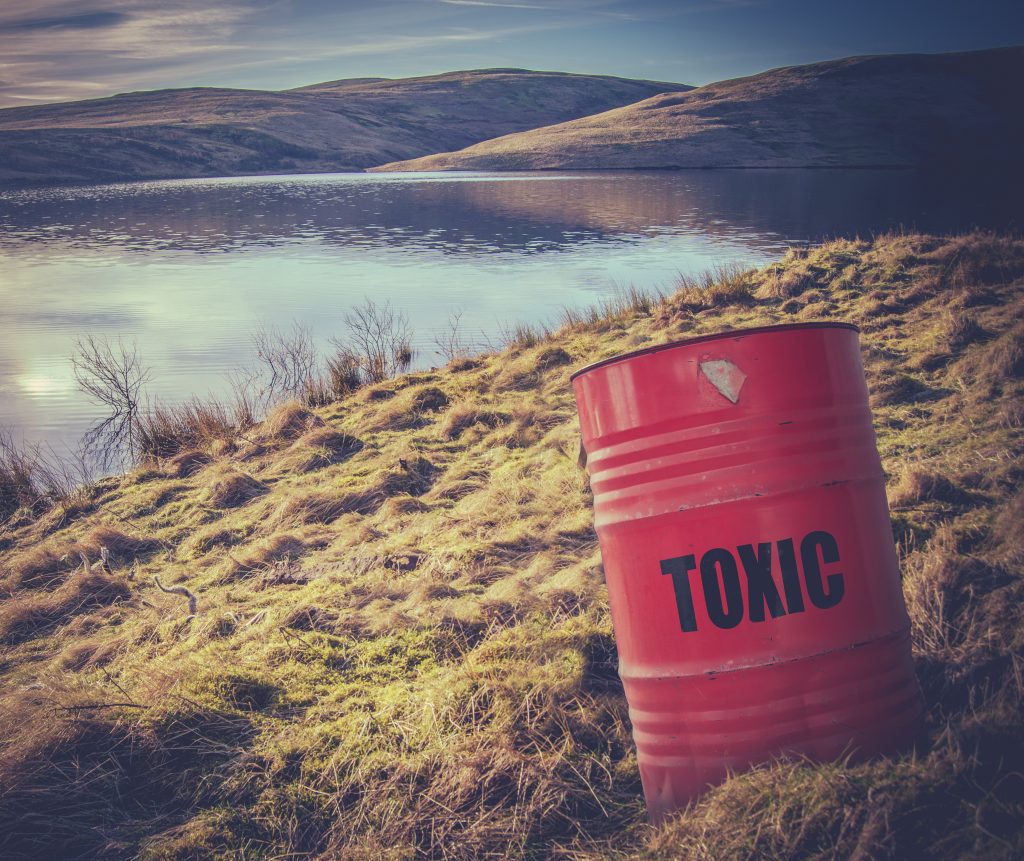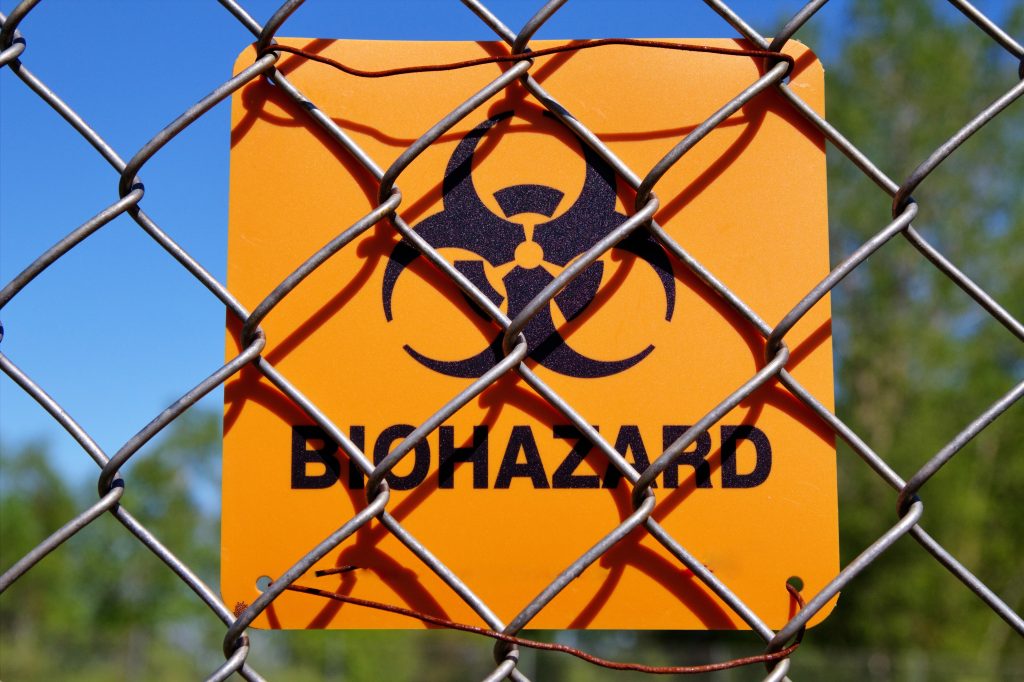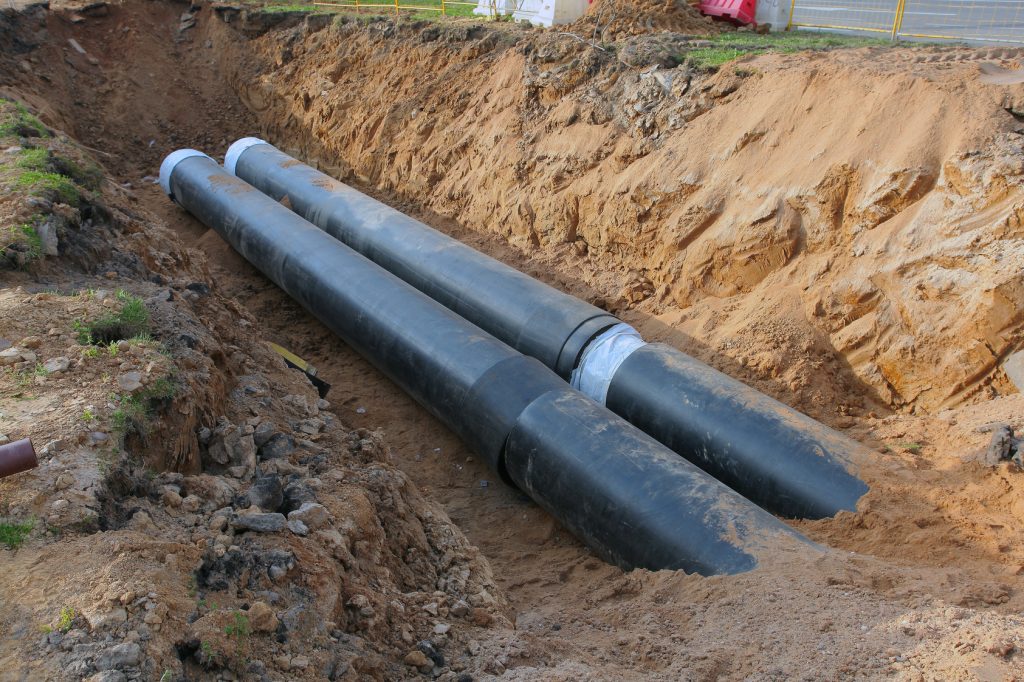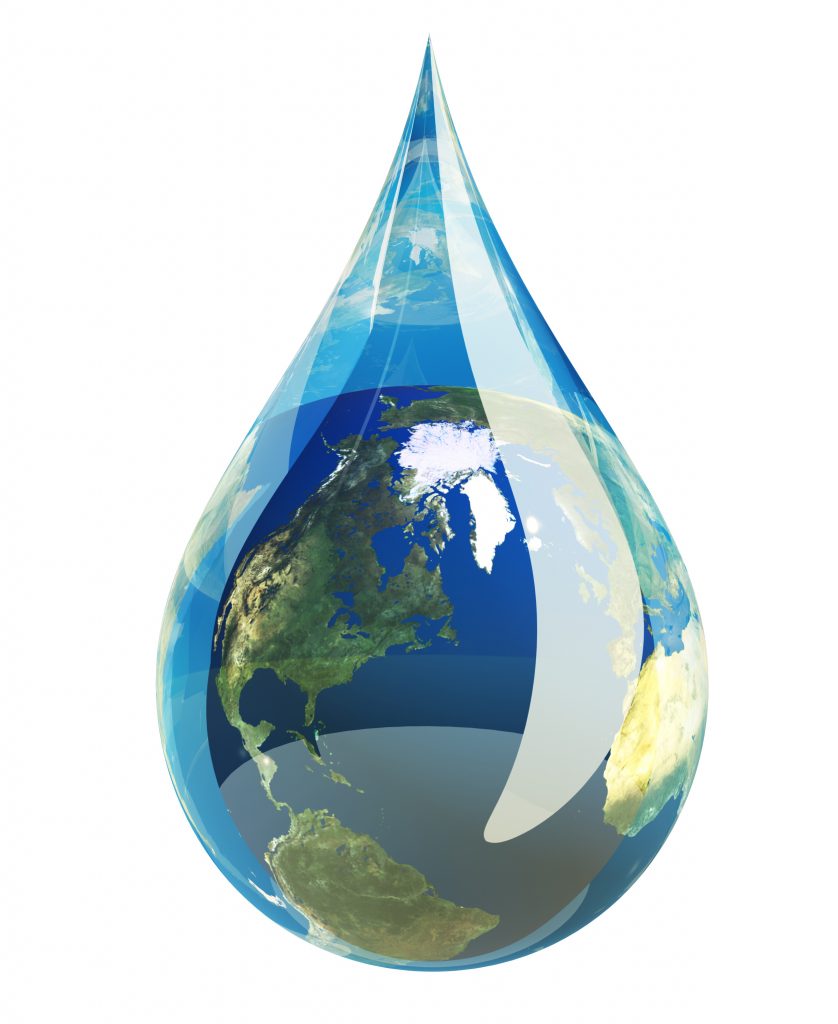Look, don’t shoot the messenger, but there’s something else to worry about in America’s water.
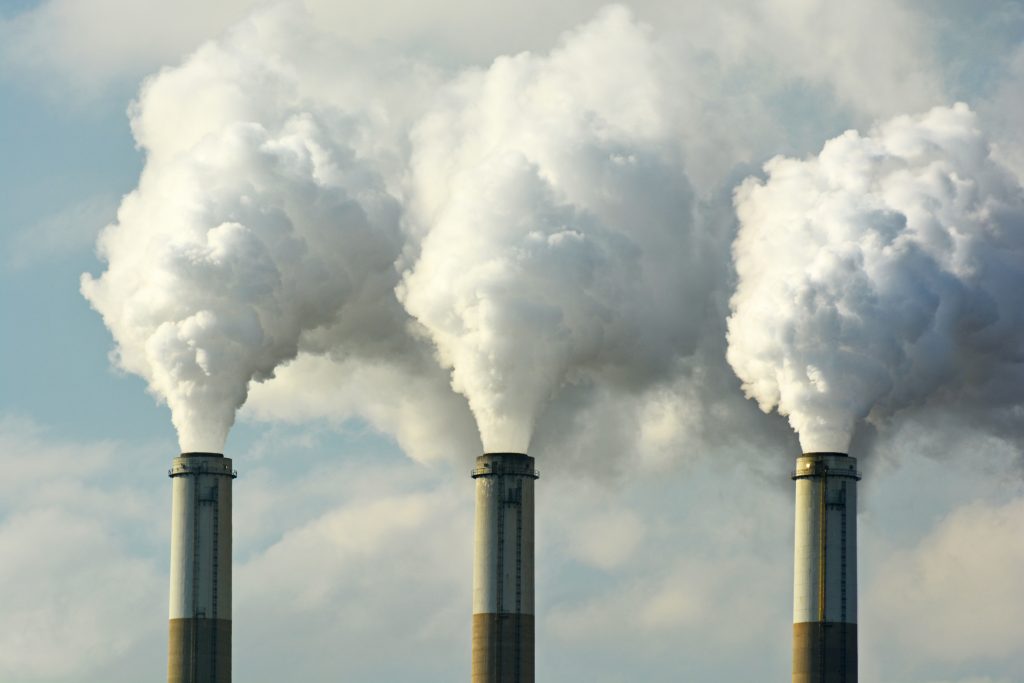
Bosses at coal-burning power plants country-wide are required to file reports with the Environmental Protection Agency this month, looking into the toxins that are being released into groundwater from vast, unlined “ponds” containing coal ash and debris.
“Coal ash ponds need to be addressed as potential environmental and human health issues.”
~ Avner Vengosh, Professor of Earth and Ocean Sciences, Duke University
Coal Ash Court Cases
130 million tons of coal ash is produced each year. Arsenic, Chromium-6, mercury and radium are just a few of the dangerous substances potentially leaching into the water supply. And …

